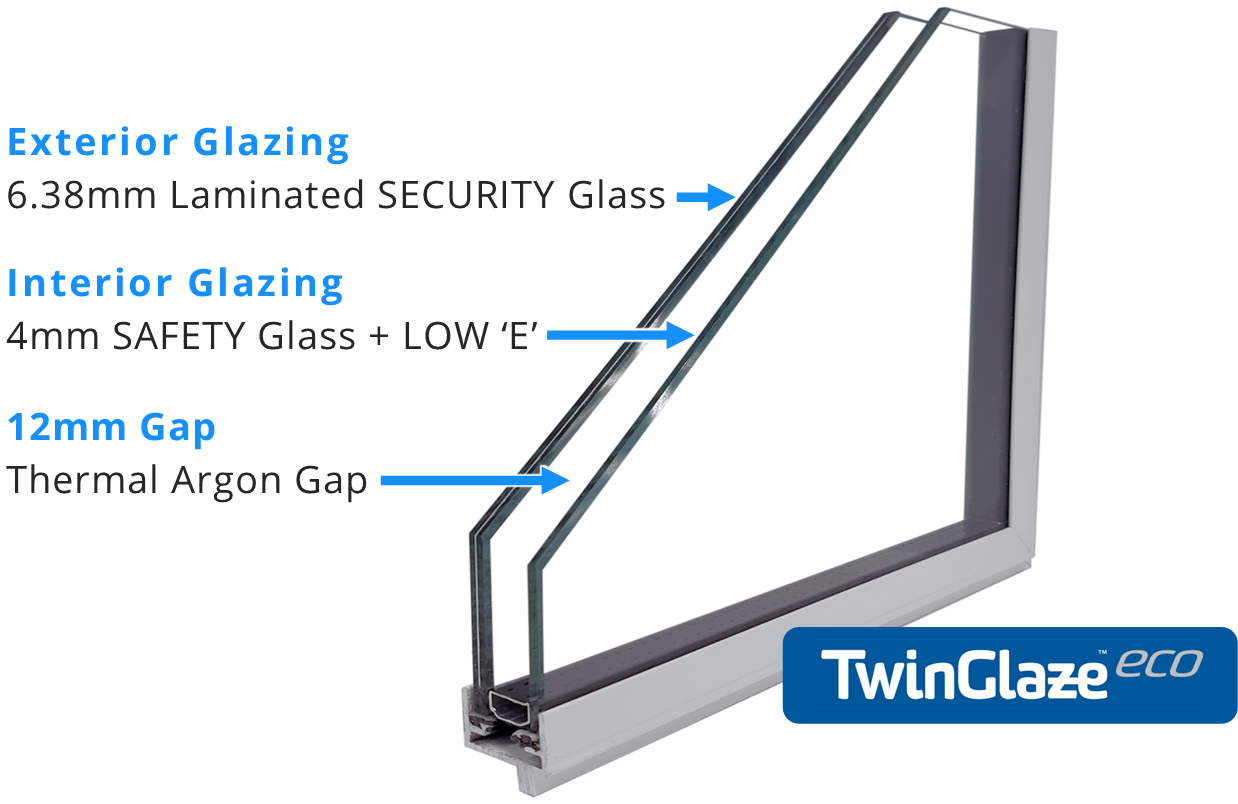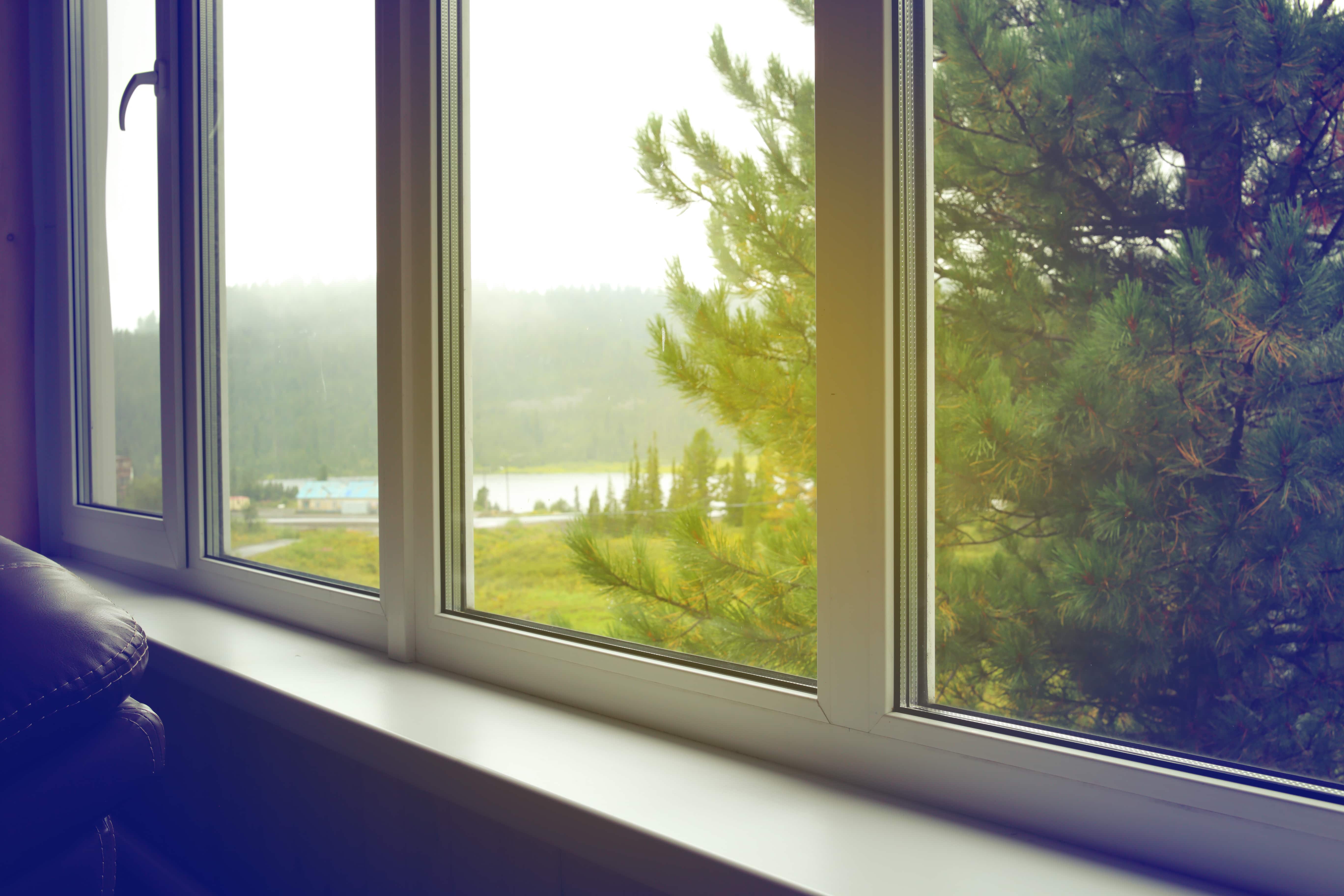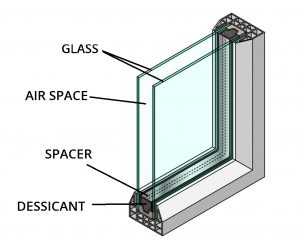All Categories
Featured
Table of Contents
Does Double Glazing Have A Vacuum? in Lakes WA
Laminated glass is typically utilized in areas in the house most prone to injury from human impact such as bathrooms, doors, around staircases and in areas close to the flooring (it meets the requirements of 'shatterproof glass' that is mandated for use in these areas by Australian Basic AS 1288 Glass in structures).
Toughened glass has been 'tempered' by being reheated and quickly cooled once again. This process makes it much stronger than standard glass it can resist greater impact loads before breaking. It also makes it more secure due to the fact that, when it does shatter, it gets into numerous little cubic pieces instead of dangerous fragments.
Double Glazed Windows in Mount Pleasant WA
Nevertheless, toughened glass has no thermal or acoustic benefits over other glass of the very same toning or density. Secondary glazing is where single-glazed windows are retrofitted with a transparent acrylic or glass sheet attached to the within the frame or openable sash with a secondary frame or with magnetic strips.


Secondary glazing will not perform also thermally as a produced IGU, since it is difficult to absolutely seal the border, however it can provide excellent noise control. Window films are a thin polymer film consisting of a taking in dye or reflective metal layer, with an adhesive backing. They stay with your glazing to alter its colour or make it reflective.
How To Retrofit Your Windows With Double Glazing, And Keep ... in Rossmoyne Perth
Applied to existing glass, some window films can halve the overall SHGC of the window by soaking up and/or showing solar radiation. This can be particularly beneficial in hotter environments where cooling is the primary concern, or on east and west elevations directly exposed to long durations of sunshine. Window movies might also reduce noticeable light transmittance.

For this factor, it is typically best to use an accredited installer of window film. Frames have a considerable impact on the thermal performance of windows and doors, due to the fact that energy can be gotten and lost through the frame, along with through the glass. Different types of frame will permit various levels of heat gain and loss, so careful option of frame is necessary for reliable passive design.
Double Glazed Windows In Melbourne in South Perth Western Australia
However, aluminium is also an excellent conductor of heat and will reduce the insulating worth of a glazing system, unless particularly engineered to reduce this. A 'thermally broken' frame is comprised of 2 aluminium areas connected by a structural insulator (typically a low-conductivity structural polymer). This 'breaks' the thermal connection through the aluminium and decreases the heat flowing through the frame.
Timber frames are an excellent natural insulator that can match some house styles. Lumber frames must be made from species that have naturally high resilience or be dealt with to avoid decay and contortion.
Why Does Double Glazing Help To Keep Us Cool In Summer? in Dalkeith Western Australia
(weather removing) is installed.
u, PVC doors and windows have exceptional thermal performance Picture: Ben Wrigley (Light Home Architecture and Science) Composite frames utilize aluminium profiles on the external areas with either a lumber or u, PVC inner area. These combine the low maintenance and resilience of aluminium with much enhanced thermal efficiency.
Table of Contents
Latest Posts
Types Of Glazing For Your Windows, Explained in Wembley Downs WA
Single Vs Double Vs Triple - Which Window Is Right For Your ... in Eden Hill WA
Why Install Stunning Double Glazing Windows During Summer? in South Guildford WA
More
Latest Posts
Types Of Glazing For Your Windows, Explained in Wembley Downs WA
Single Vs Double Vs Triple - Which Window Is Right For Your ... in Eden Hill WA
Why Install Stunning Double Glazing Windows During Summer? in South Guildford WA